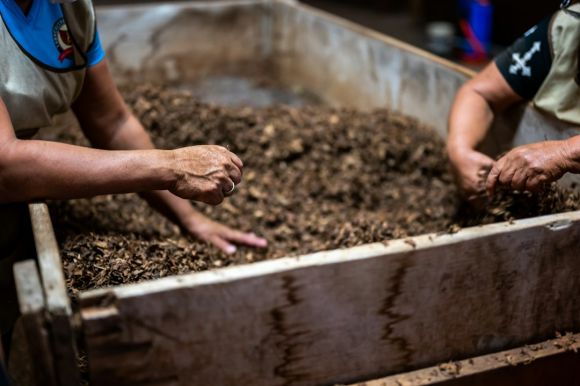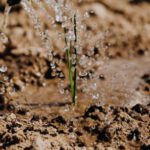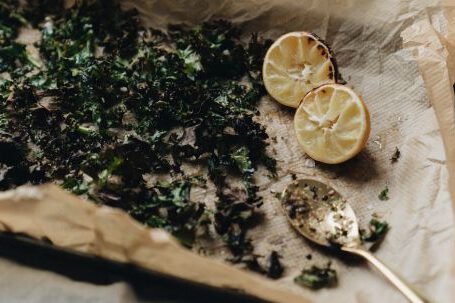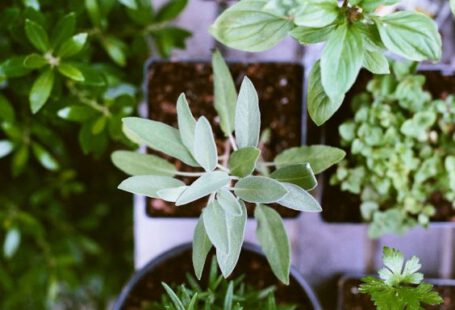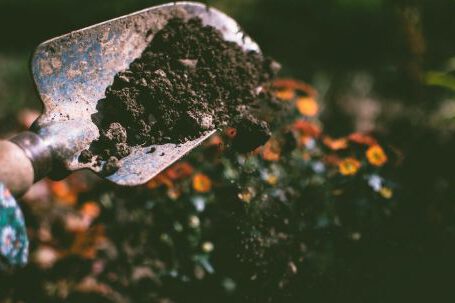Creating your own compost pile is a rewarding and environmentally friendly way to recycle kitchen and garden waste. Compost is a nutrient-rich soil amendment that can be used to improve the health and fertility of your garden. In this article, we will guide you through the process of creating your own compost pile, from selecting the right location to maintaining the right balance of ingredients.
Choosing the Right Location
The first step in creating a successful compost pile is choosing the right location. Ideally, your compost pile should be placed in a sunny area that is easily accessible. Avoid placing it too close to structures or trees, as they can restrict air circulation and cause odor problems. Additionally, make sure the location is convenient for adding materials and turning the compost.
Gathering the Ingredients
To create a compost pile, you will need a combination of green and brown materials. Green materials include fruit and vegetable scraps, coffee grounds, and grass clippings, while brown materials include dry leaves, straw, and shredded newspaper. Aim for a ratio of roughly three parts brown to one part green, as this will help maintain the right balance of carbon and nitrogen.
Building the Compost Pile
Start by creating a layer of brown materials as a base for your compost pile. This will help provide structure and prevent the pile from becoming too compact. Add a layer of green materials on top of the brown layer, followed by another layer of brown. Continue layering the materials until the pile reaches a height of around three feet. Remember to water each layer as you go to ensure proper moisture levels.
Maintaining the Compost Pile
Once your compost pile is built, it is important to maintain the right conditions for decomposition. Turn the pile every few weeks using a pitchfork or shovel to aerate the materials and speed up the decomposition process. This will also help prevent the pile from becoming compacted and smelly. Keep the pile moist by watering it regularly, but be careful not to overwater as this can lead to anaerobic conditions.
Troubleshooting Common Issues
Creating a compost pile can sometimes come with challenges. If your pile smells bad, it may be too wet or lacking oxygen. Turn the pile and add more brown materials to balance the moisture and improve airflow. If the pile is not heating up, it may need more nitrogen-rich green materials. Add grass clippings or kitchen scraps to boost the nitrogen content and speed up decomposition. If pests are a problem, avoid adding meat, dairy, or oily foods to the compost pile.
Using Your Finished Compost
After a few months, your compost pile will transform into a dark, crumbly material that smells earthy. This is a sign that the compost is ready to be used. Spread the finished compost in your garden beds to improve soil fertility and structure. It can also be used as a mulch around plants to help retain moisture and suppress weeds. Store any excess compost in a covered bin or pile to use throughout the year.
In conclusion, creating your own compost pile is a simple and rewarding process. By choosing the right location, gathering the right ingredients, and maintaining the pile properly, you can create nutrient-rich compost to improve the health of your garden. Start composting today and contribute to a greener and more sustainable future.
